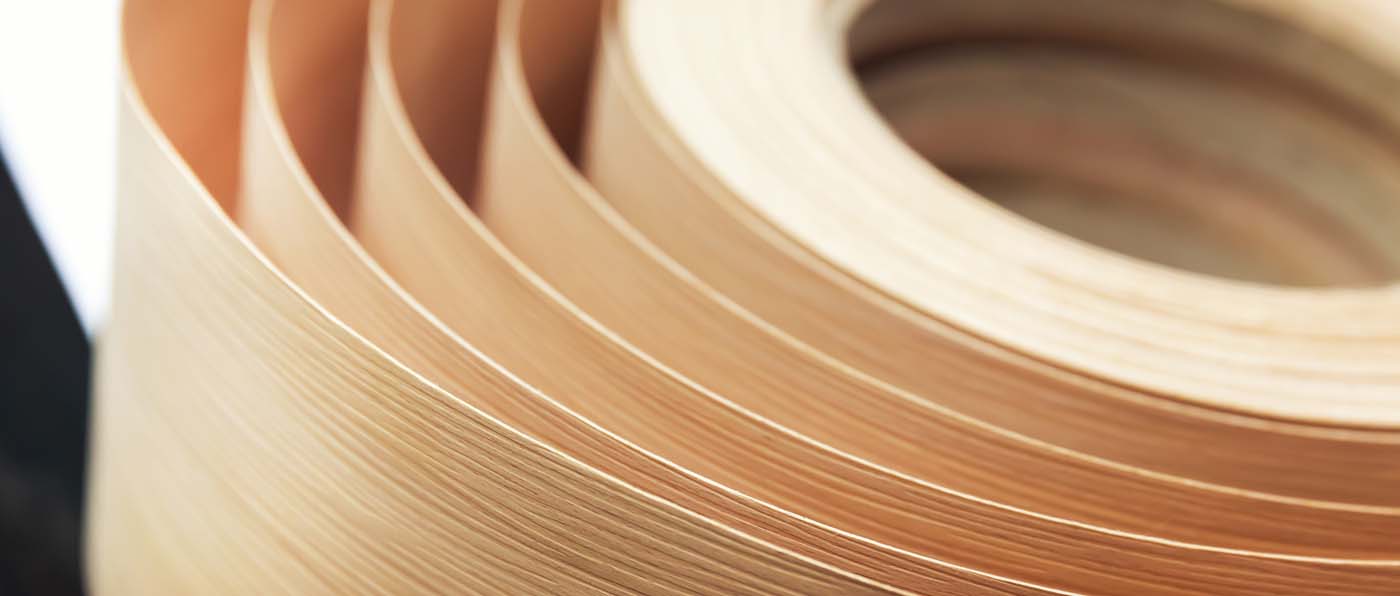

Before applying edging, please take safety precautions.
Most edging is applied with hot melt glue. There are two types of choose from - EVA (Ethylene Vinyl Acetate) and PUR (Polyurethane).
EVA adhesive is very versatile and can be used on most types of edging - including veneer edging and ABS edging. It is sensitive to hot temperatures so be careful using it on furniture that could be damaged by heat. One of the advantages of EVA is it can be re-melted, making it a very forgiving tool to use.
Unlike EVA, PUR cannot be re-melted once the glue has dried. EVA forms a very strong bond quickly - which is great for durability, but leaves less room for error. PUR is very resistant to heat, moisture and cleaning products making it a suitable choice for bathrooms and kitchens.
Edging is best applied using an edging machine, which applies the glue consistently and evenly to your board. Industrial sized machines may be suitable depending on your needs but smaller versions suitable for home use are also available. Manual application is also possble.
You should be mindful of the following:
If your edging doesn't stick, there are several possible reasons.
1. The substrate, cabinet or the edge you are gluing must be clean of dust and dirt and at room temperature or warmer. Cold substrate sitting outdoors in winter will be more difficult for edging to bond to due to the cold substrate causing the hot melt glue to immediately 'skin over' when it touches the cold surface. The glue line may look like it is soft and flowing but up next to the substrate it can cool too quickly to form a strong bond. The dust, dirt, and cold all create a barrier to the bond.
2. Incorrect time, temperature or pressure. All successful edgebanding projects are based on the correct combination of temperature, pressing time and pressing pressure. If any one of these are lacking, the glue line may not bond successfully to your substrate or cabinet and delamination may occur.
This article is for guidance only. You should read all instructions and are responsive for your own safety. Please contact our technical support if you would like further information.